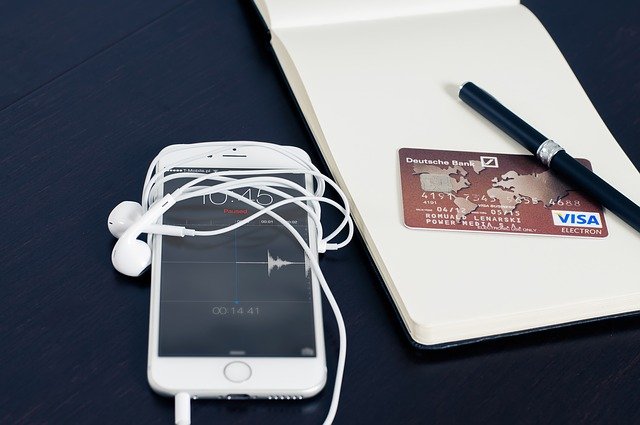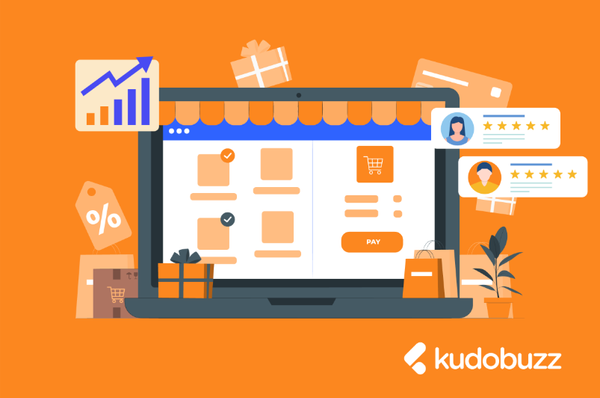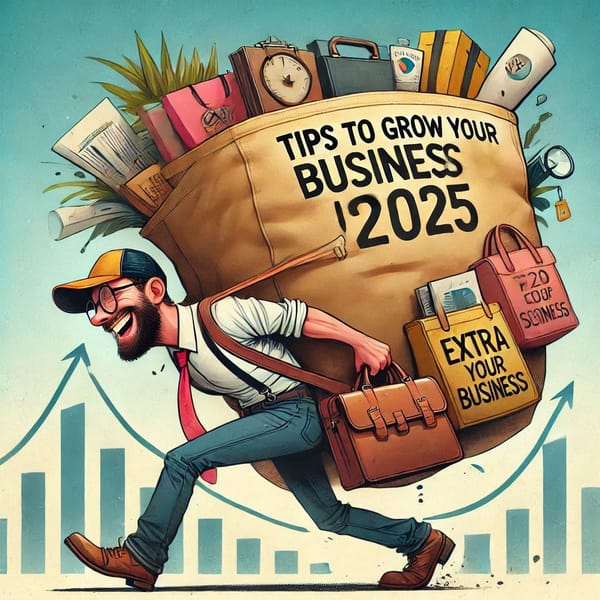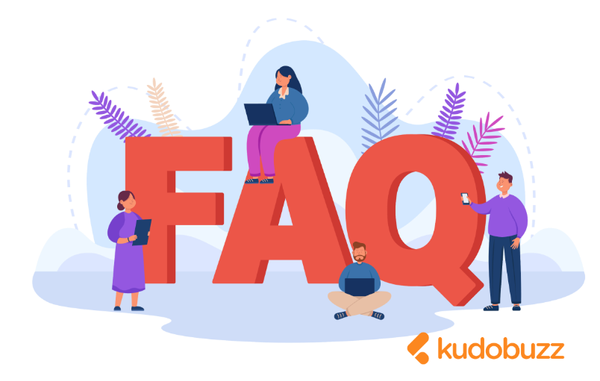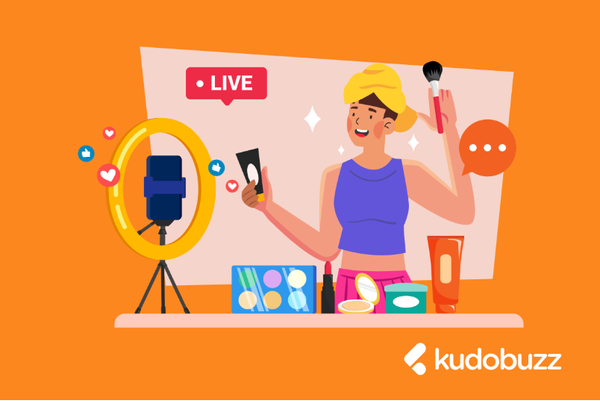Walk into a room of ecommerce entrepreneurs and ask what is the most important thing to them. About 80% of them would most likely say sales. Of course. It’s sales that would pay the bills anyway, so why not?
Guess what though? Although sales are important to ecommerce entrepreneurs, it does not just happen. Getting your first actual sale (not counting family and friends) is hard work. Getting enough sales to break even is super hard work. What about becoming profitable? Well your guess is as good as mine.
What then can you do to get those sales pouring in? Catch your customer at every point of the sales cycle.
Everyone on your website is not looking to make a purchase. Some are just “window-shopping”. Others are ready to buy. And then there are those visitors who are dissatisfied by another vendor and want you to convince them that you are better.
Let’s go through each stage and figure out what you should be doing.
1- Attention phase
This happens even when the customer is not yet on your website. A 2012 study by Interconnected World: Shopping and Personal Finance estimates that 44% of online shoppers begin by using a search engine. That’s almost half of the people who are likely to visit your ecommerce store. You must definitely ensure that these people find you when they come searching. How? If you hoped I was about to say something different, sorry, but you actually do have to pay attention to your SEO rank. It is no more an option for anyone determined to rake in high sales. Make sure that you have these fundamental tips checked on your store.
— Decide on keywords for your store and use them in your title and page description. When search engines rank your page for a keyword, they consider the title tag to be the most important place for the keyword to appear.
— The recommended length for a title is between 40 and 70 characters while the description should have a maximum length of 150 to 160 characters.
— Your content should be unique. Copying content? That is death to your SEO rank.
These are basic tips that you can easily carry out as ecommerce entrepreneurs. There are however other critical ones that may require an SEO expert.
2- Interest phase
Now that you have got your potential customer on your site, what should you do to to keep them there? Simply ensure that they get all the information they need at a glance. To achieve this, your site should have a simple and neat layout and be very easy to navigate. The description of your products should be very clear and concise. You do not want your potential customer to leave the website due to lack of understanding. This is also the stage where potential customers make comparisons with other stores. Clarity on your site would most likely keep the person on your site even longer. Avoid having too many pop-ups that would distract rather than draw the customer closer to making a purchase.
3- Preference phase
Your site visitor is almost a customer. After making comparisons with several other stores, your store has won. Well almost. The customer probably likes your product and price. But now the question of trust comes in. This is where social reviews and testimonials from previous customers are most useful. If previous customers are happy, a new customer is more willing to make that purchase.
4- Purchase phase
Alright! We are so close now. After coming this far, what would be a turn-off? A complicated checkout process. What are some of the most important things that can simplify the checkout process?
— Excessive security checks or too little security checks. Make sure your customer is convinced that making a purchase on your site would be a secure transaction but do not overdo it.
— Unexpected costs at checkout are not welcome. Show all costs while the customer is looking at products.
— No membership, no purchase. It’s okay if you are Google or Amazon or Apple to demand that a customer signs up before making a purchase. If you are not that big yet, make membership optional. You should only request for information such as an email address and shipping information that are absolutely required for the sale.
— Mobile-friendly checkout? It’s not enough to make only your site mobile-friendly. Your checkout must also be.
— Payment declined. What? After coming all the way and actually making payment, your site rejected it? Well sorry. That’s one customer down. Make sure your payment integration is error-free.
5- Repurchase phase
Congratulations! You made the sale. But it’s not over yet. There’s potential to get the customer to visit your shop again. To start with, make sure you get the shipping right. Keep your blog informative and active. Drive engagement on social media. Send a few relevant emails a month. No spam, please. Ensure that the time the customer clicked to finalize the sale was not the last time the customer noticed your brand.
In summary, work hard on getting a good SEO rank, have a simple and clear website, let your potential customer know what others are saying about you, have a friendly checkout process and put in some effort to retain your customer. Drive sales with a purposeful website rather than a distracting one.
Did I miss anything? Are there other basic things you or other ecommerce entrepreneurs you know are doing to drive sales? Share with us in the comments below.


